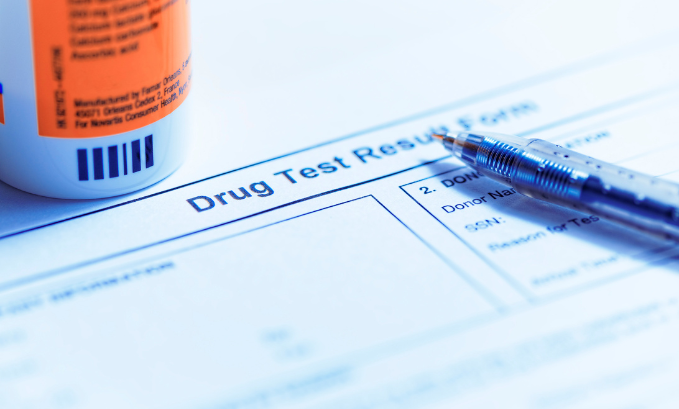The Department of Transportation (DOT) has made important changes to drug testing rules for workers in safety-sensitive positions as workplace safety remains a top priority. These developments show a continuous will to uphold compliance and safety in many sectors. This is a summary of the new DOT drug testing requirements 2025 together with its implications for businesses and staff.
1. New Testing Methodologies Introduced
Approval of oral fluid drug testing as an alternative to urine testing is among the most noteworthy DOT drug testing changes. More flexibility is offered by this approach, particularly in cases when urine sample collecting might be impractical. Before implementing the new approach, companies thinking about oral fluid testing are still awaiting to see which labs will be certified to support this testing method.
2. Random Testing Rates Maintain Stringency
With a high random drug testing rate of 50% for 2025 the Federal Motor Carrier Safety Administration (FMCSA) keeps enforcing it. This rate, increased from 25% in 2020 due to rising substance use concerns among commercial motor vehicle (CMV) drivers, underscores the critical role of random testing in deterring substance use and enhancing road safety.
The continued high rate reflects the ongoing commitment to road safety, aiming to deter substance use among drivers and reduce the likelihood of accidents caused by impaired driving
3. DOT Accident Drug Testing Requirements
Under particular criteria including incidents involving fatalities, injuries requiring immediate medical attention, or major property damage, DOT accident drug testing requirements compel post-accident drug and alcohol testing. Testing has tight deadlines: drug tests run 32 hours and alcohol tests run 8 hours. Correct outcomes and regulatory compliance depend on following these deadlines.
4. Trends in Substance Use and Testing Positivity Rates
Recent data from the 2024 Workplace Drug Testing Trends Report indicates that overall positivity rates in workplace drug tests have remained at an all-time high of 4.6%, reflecting a growing concern for employers and regulatory agencies. Notable increases in stimulant and marijuana use have continued into 2025, with marijuana positivity rates showing the largest year-over-year increase due to expanded legalization and accessibility.
Additionally, opioid and synthetic drug use has seen a moderate rise, particularly among employees in high-stress industries. With the growing concern over fentanyl-laced substances, many employers are considering expanded testing panels beyond the standard DOT 5-panel drug test to include fentanyl and synthetic opioids to enhance workplace safety.
With substance use trends continuously changing, maintaining a robust drug testing program is more important than ever. Employers in DOT-regulated industries should consider updating their drug-free workplace policies, reviewing their testing protocols, and providing additional employee education to ensure safety and compliance in 2025. These trends highlight the need to stay aligned with dot drug testing changes to ensure compliance and safety.
5. Recommendations for Employers
Employers must remain proactive in implementing DOT drug testing changes to ensure compliance. Key actions include:
- Familiarizing themselves with oral fluid testing procedures.
- Maintaining the mandated random testing rates.
- Promptly conducting post-accident tests in line with DOT accident drug testing requirements.
To assist with compliance, we offer a range of DOT testing services:
These packages are designed to help you meet all DOT requirements efficiently and effectively.
Conclusion
The new dot drug testing requirements 2025 reflect the DOT’s dedication to promoting safety and compliance. Companies that keep current and apply these improvements will lower risks, build a safe culture, and guarantee conformance to federal laws. Giving compliance top priority helps you create a safer and more effective workplace for all.

